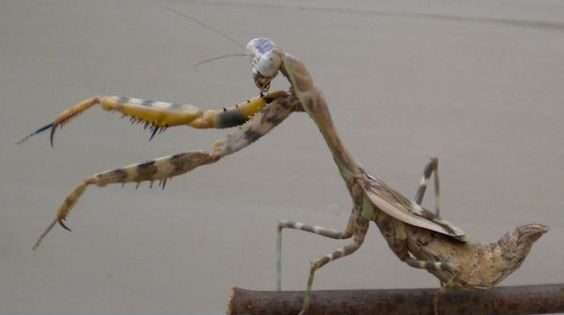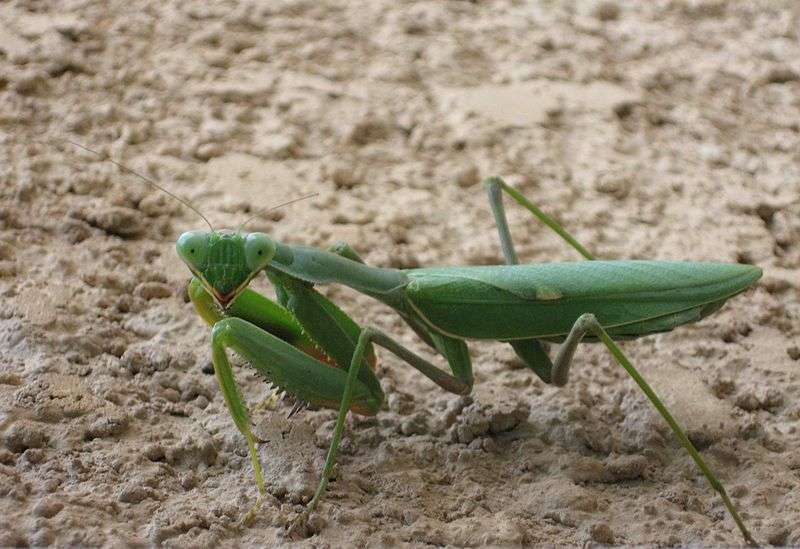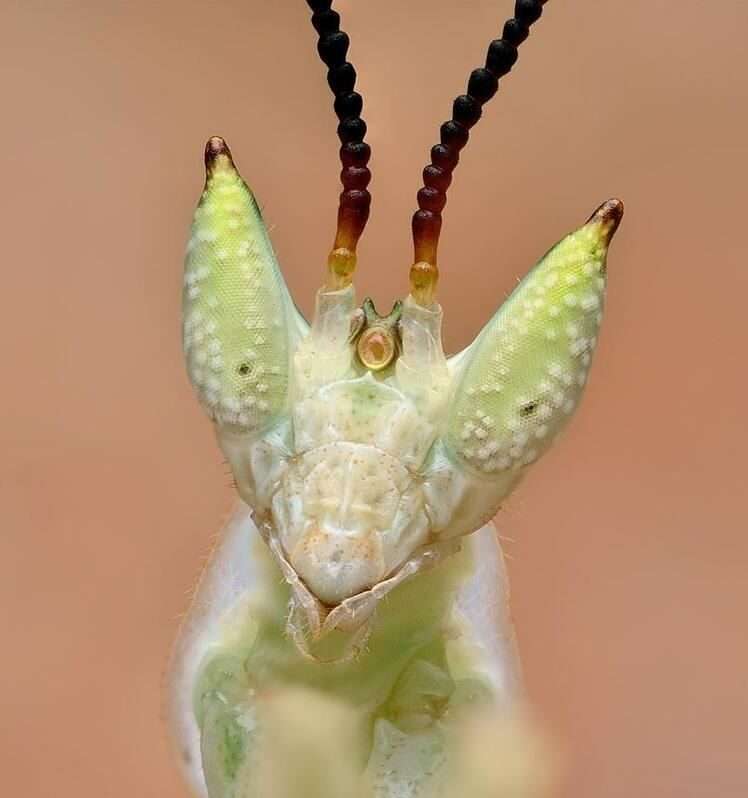
Description
Scientific Name: Parasphendale affinis
Lifespan: 1 year
Due to its diminutive wings, the Parasphendale affinis is sometimes referred to as the Budwing Mantis in the hobby of keeping insects. Only female Budwing Mantis specimens exhibit their most distinctive feature. Females are unable to fly because to their bud wings, which extend halfway up their abdomen, while adult males have wings that slightly overhang their belly.
They don’t need to fly, though, because they can fend off predators with their brazen and resilient behavior. Different shades of grey, brown, and green are present, but they are speckled throughout with darker tones that reach black.
Habitat
East Africa is home to this species, notably Ethiopia, Somalia, and Kenya.
Behavior
They hunt actively and will chase their prey, which is unusual for mantis, who often hunt in ambush. If you attempt to grasp it, she will also demonstrate a dramatic threat posture as a large demonstration of its defensive nature. Males often flee from conflicts because they are afraid, but females typically hold their ground because of their broad threat stance.
If given the chance, the Budgwing Mantis will prey on one another, as is the case with most mantis. Unless you’re aiming to breed them, you shouldn’t keep more than one specimen in the same cage.
Keeping as a Pet/ In Captivity

Tank
Due of their active behavior, BMs require more space than the majority of mantis. They require space to pursue their prey, thus an enclosure less than three gallons is not recommended.
maintain in mind that if you maintain more than one of these mantis in the same enclosure, they will prey on each other.
For the mantis to molt, twigs and branches are an essential ornament, and artificial plants and leaves are nice additions to the enclosure. The BM is accustomed to a windy environment, so ensure sure the tank’s walls have appropriate ventilation holes.
Temperature and Humidity
The BM prefers temperatures between 72°F and 86°F because it is accustomed to a hot, slightly dry climate. It doesn’t require a lot of environmental conditions because you may let the temperature drop to about 65°F at night.
Maintaining the humidity between 40% and 60% will keep it comfortable; going below that may cause problems for your BM during moults, which is risky because it could hurt itself in the process.
Diet
You must take into account a Budwing Mantis’ ravenous nature when formulating their meals. You must be especially careful not to overfeed these mantis because if given enough food, they will eat until they become ill. Their nutritional needs and what they should eat are greatly influenced by their developmental stage.
The L1 and L2 nymphs ought to consume little fruit flies.
Large fruit flies and greenbottle flies are suitable food for L3 to L5.
L6 nymphs can consume a greater variety of prey up until adulthood. You should utilize this to provide them with a variety diet of flies, moths, worms, crickets, and roaches because they’ll consume whatever they can catch.
A mantis’s health could suffer if you feed it anything poisonous or larger than one-third of its size.
Table





